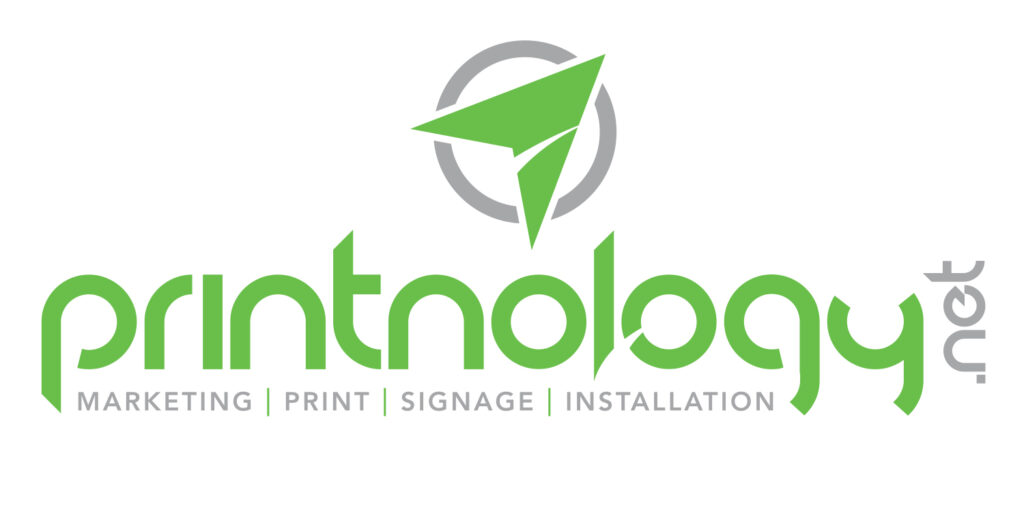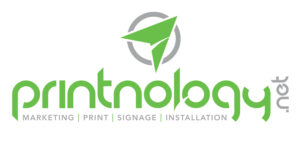Crafting the Perfect ADA Signage: What You Need to Know
ADA signage is designed with one goal in mind: to empower individuals with disabilities to navigate spaces with ease and independence. Here are the key elements that make ADA signage a beacon of accessibility:
- Tactile Characters and Braille: Imagine a world where touch guides the way. ADA signs must feature raised characters and Braille, crafted in uppercase sans serif, paired with Grade 2 Braille, to assist those with visual impairments.
- Contrast and Finish: The dance between text and background should be one of high contrast, ensuring readability. A non-glare finish is the cherry on top, preventing reflections that could obscure visibility.
- Mounting Location and Height: Placement is everything. ADA signs should be mounted between 48 and 60 inches from the floor, ideally on the latch side of doors, making them accessible to all.
- Pictograms: When pictograms take center stage, a 6-inch high field must remain clear of other text or Braille, ensuring clarity and comprehension.
The Ripple Effect of ADA Compliance
Embracing ADA signage compliance is like opening a door to a world of benefits. Beyond the legal realm, it transforms customer experiences, making spaces more welcoming and accessible. This inclusivity can boost customer satisfaction and loyalty, while also shielding businesses from costly lawsuits and reputational damage.
Avoiding the Pitfalls: Common ADA Signage Mistakes
Even with clear guidelines, missteps happen. Common errors include incorrect Braille translation, improper mounting height, and insufficient contrast. The solution? Partner with seasoned signage professionals who know the ADA requirements inside out and can ensure your signs hit the mark.
Finding Your Signage Soulmate
Choosing the right signage provider is like finding a trusted ally in your ADA compliance journey. Seek out providers with a proven track record in ADA signage, offering a full suite of services from design to installation. A reliable partner will tailor signs to your business’s unique needs, ensuring compliance and peace of mind.
Keeping Pace with ADA Regulations
The world of ADA regulations is ever-evolving, and staying informed is key. Regularly review ADA guidelines and consult with experts to ensure ongoing compliance. Periodic audits of your signage can help identify and rectify any non-compliance issues before they become problematic.
Embracing Accessibility: A Business Imperative
ADA signage compliance is more than a legal requirement—it’s a commitment to creating an inclusive and accessible environment for all. By understanding and implementing key requirements, avoiding common mistakes, and choosing the right signage provider, businesses can meet ADA standards with confidence. This not only fulfills legal obligations but also showcases a dedication to accessibility and inclusivity, ultimately benefiting both the business and its customers.
In this journey, we’ve seamlessly woven in primary keywords like “ADA signage compliance,” secondary keywords such as “ADA signage requirements,” and long-tail keywords like “benefits of ADA signage compliance.” By also incorporating semantic keywords like “accessibility,” “inclusivity,” and “Braille signage,” we’ve crafted content that’s both informative and optimized for search engines, ensuring your business shines brightly in the digital landscape.











Leave A Comment